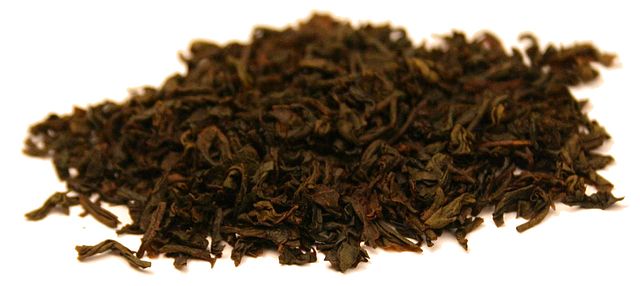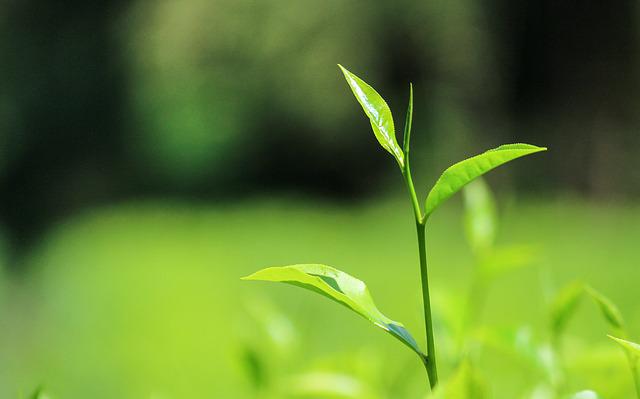Ceylon Tea: The Provider of Exceptional Flavour
The Provider of Exceptional Flavour
Ceylon tea has created a brand of its own since the British introduced it to the country and cultivated it, giving birth to the finest quality tea in the world. While major countries have emerged as competitors for Ceylon tea, the little island still stands as the 3rd highest tea exporting country as of 2020.

Benefits of Ceylon Tea
These carefully plucked tea leaves contain antioxidants, polyphenolic compounds and flavonoids that have been proven beneficial for one’s health. These natural remedies help fight chronic diseases like cancer, heart conditions and diabetes and are also helpful in burning excess fat, decreasing cholesterol levels and regulating blood sugar levels in the body.
The Main Tea Regions of the Country
Ceylon tea in Sri Lanka is cultivated in plantations that are spread across the country under five main areas, from which major tea exporters like Anverally & Sons source their tea. Kandy district was where the first tea plantation in the country was established, and within this district are several regions that grow tea. The other four areas of tea cultivation in Sri Lanka include Uva province, Dambulla, Nuwara Eliya and Ruhuna region.
Types of Ceylon Tea
Due to the variation in elevation and climatic conditions in these regions, Ceylon tea takes many forms and tastes that appeal to your palette. While most of your favourite tea types are sourced from the same plant, Camellia Sinesis, the method of processing categorises them into flavours like black, green, oolong and white.
How to Drink Your Cup of Ceylon Tea
Brewing the perfect cup of Ceylon tea is an art that can be mastered over time. The average Sri Lankan consumes at least up to 2-3 cups of tea a day and usually knows how to make their own cup of tea. The popular method to brew is to bring the water close to the boiling point and steep the leaves for 3-5 minutes. Add the required amount of milk and the perfect cuppa is in your hands.
Related posts
Archives
Categories
- Appetizers (7)
- Arab (32)
- Bars (28)
- Burmese (6)
- Café (18)
- Casual Dining (20)
- Chinese (33)
- Coffee House (26)
- Desserts (11)
- Destination Dining (228)
- Diner (13)
- Family Restaurants (45)
- Fast Food (43)
- Fine Dining (490)
- Food Facts (145)
- Healthy Food (65)
- Hong Kong (9)
- Indonesian (15)
- Italian (2)
- Japanese (9)
- Main Dishes (32)
- Maldivian (56)
- Miscellaneous (4)
- Miscellaneous Topics (330)
- Palate (41)
- Recipes (57)
- Restaurants (168)
- Sea Food (59)
- Singaporean (21)
- Sri Lankan (57)
- Steaks & Grill (37)
- Street Food Stalls (116)
- Thai (71)
- Types of Cuisines (98)
- Vegan (31)
- Vegetarian (6)
- Vegeterian (23)
- Vietnamese (17)
- Western (9)

